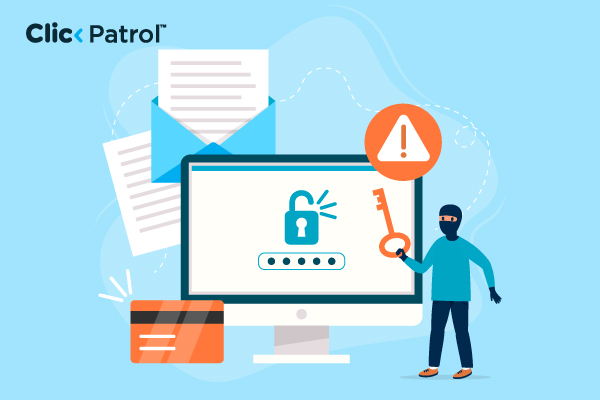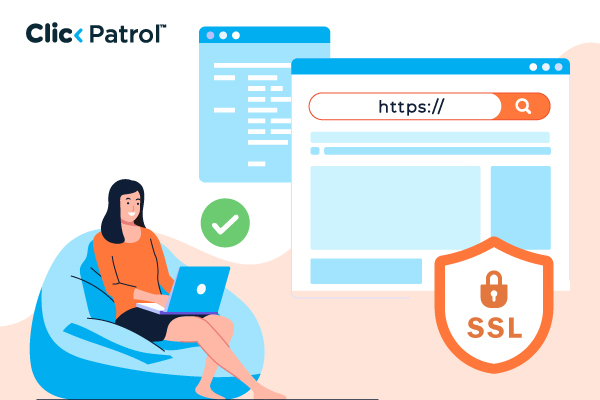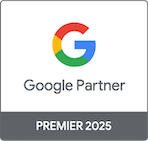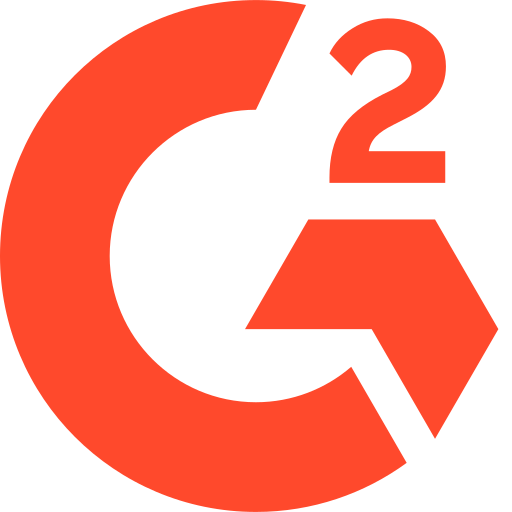Understanding country tiers can inform your strategy, but they are just the starting point. Tier 1 countries often yield 3–5x higher conversion rates in PPC campaigns than Tier 3.
It is essential to go beyond the numbers, consider the people behind them, and take into account their culture, behaviors, and unique needs. While country tiers help identify regions for targeted campaigns, localization, user experience design, and cultural understanding make your strategy stand out.
Ready to protect your ad campaigns from click fraud?
Start your free 7-day trial and see how ClickPatrol can save your ad budget.
This guide examines the Tier 1–3 classification system, its impact on ad spend and return on investment (ROI), and how marketers can optimize global campaigns.
What are country tiers? How advertisers rank traffic by region
A country tier list is a system that ranks countries into three categories: Tier 1, Tier 2, and Tier 3 based on a combination of factors, including GDP, internet access, purchasing power, and digital behavior.
- Tier 1: Wealthy, developed countries with advanced infrastructure and high online spending.
- Tier 2: Developing nations with growing digital markets and expanding middle-class populations.
- Tier 3: Emerging or low-income countries with limited digital infrastructure but long-term potential.
Purpose of country tier classifications
Using country tiers, stakeholders from marketers to policymakers can make more informed, data-driven decisions. Here is how various groups use the tier system to their advantage:
Digital advertising and campaign optimization:
Marketers rely on the country-tier system to prioritize ad spending based on the region’s potential.
- Tier 1 countries are ideal for targeting premium users who can drive high conversion rates, though with higher ad costs.
- Tier 2 countries are great for testing new campaigns or scaling with cost-effectiveness.
- Tier 3 countries offer opportunities to build brand awareness at a low cost, with the potential for long-term growth as digital adoption continues to increase.
Market expansion and business development:
Expanding into new markets is a big decision. Country tiers help businesses determine where to focus their efforts.
- Tier 1 markets are high-competition but rewarding environments for launching high-end products.
- Tier 2 markets offer opportunities for early growth, as they typically feature a growing middle class and expanding digital infrastructure.
- Tier 3 markets offer long-term potential, especially for brands looking to tap into underserved populations.
Economic planning and development:
Governments, international organizations, and NGOs utilize tiers to assess which countries require support in digital infrastructure, education, and healthcare.
Investor Insights and Global Trade Strategy:
Understanding the tier system enables investors to evaluate risk and reward across different regions. Tier 1 countries offer stable and secure returns, while Tier 2 and Tier 3 countries may offer higher growth potential, albeit with greater volatility.
Criteria for classification
While no single metric defines a country’s tier, here are the main factors experts consider:
- GDP and PPP: indicate a country’s wealth and real consumer spending power.
- Internet penetration: The percentage of people with access to the internet.
- Mobile usage is vital in Tiers 2 and 3, where mobile devices are the primary digital gateway.
- Digital ad spend behavior: How users interact with online ads and shop online.
- CPC/CPM rates: Reflect advertising costs and user value for marketers.
- Political and economic stability: Affects investor interest and market reliability.
A closer look at the tiers
Tier 1 countries:
- Traits: High income, reliable infrastructure, high CPC, and conversion rates.
- Examples include the United States, the United Kingdom, Canada, Germany, Japan, and Australia.
- Best for: Launching premium digital products or direct-response ads.
Tier 2 countries
- Traits: Moderate income, growing internet usage, lower cost per click (CPC), scalable reach.
- Examples include India, Brazil, South Africa, Mexico, Poland, and Turkey.
- Best for: Testing campaigns, early growth, and affordable scaling.
Tier 3 countries:
- Traits: Low income, limited digital infrastructure, ultra-low CPC.
- Examples include Nigeria, Pakistan, Bangladesh, Ethiopia, and Afghanistan.
- Best for: Awareness campaigns and long-term brand building.
Real-world example:
Let us say a brand has a $1,000 test budget:
- Tier 1 (U.S.): CPC = $10 → ~100 visitors.
- Tier 2 (India): CPC = $1 → ~1,000 visitors.
- Tier 3 (Bangladesh): CPC = $0.15 → ~6,500 impressions.
Each tier offers distinct benefits depending on your goal, visibility, conversions, or testing needs.
How to adjust bidding strategies based on country tiers
Here is how you can adjust your bidding strategies based on country tiers:
Tier 1 countries:
- Higher bids for premium audiences: Since these markets are highly competitive, bidding higher is often necessary to ensure visibility. However, a higher CPC means you should focus on targeting high-value customers to justify the increased cost.
- Focus on conversions: In Tier 1 markets, utilize conversion tracking and data-driven bidding strategies, such as CPA (Cost Per Acquisition) or ROAS (Return on Ad Spend), to target high-converting traffic.
Tier 2 countries:
- Balanced bidding: These markets offer good opportunities at a lower cost per click (CPC) than Tier 1. Adjust your bids to capitalize on the growing market while keeping costs under control. Opt for strategies like CPC (Cost Per Click) or CPM (Cost Per Mille) to balance cost and visibility.
- Focus on scale and growth: Since these countries often experience rapid digital growth, utilize dynamic bidding strategies that prioritize scaling at a relatively low cost, while ensuring you effectively target relevant audiences.
Tier 3 countries:
- Low bids for awareness campaigns: In Tier 3 countries, bidding strategies should focus on keeping costs as low as possible, emphasizing brand awareness. You can afford to bid lower per click, but you should still aim to drive visibility to build your brand in these emerging markets.
- Cost-effective testing: Use these markets for experimentation, running A/B tests on creative or targeting to identify what resonates most with the audience, all while keeping bids low to optimize cost-effectiveness.
Challenges and limitations
The challenges and limitations of tier systems include:
- Oversimplification: Not every city or region within a country fits perfectly into its tier. For example, Lagos might behave like a Tier 2 city, while rural Nigeria aligns more with Tier 3.
- Rapid changes: Countries can shift tiers quickly as economies evolve and digital infrastructure improves.
- Bias and misuse: Over-reliance on tiering can lead to missed opportunities or misjudging potential.
Use tiers, but think bigger
Country tier lists are handy for planning, scaling, and analyzing business decisions. However, they are just one piece of the puzzle. Markets are made of people, not spreadsheets.
Understanding tiers will get you to the door, but cultural sensitivity, user behavior insight, and agile execution are what turn strategy into success. The key is to use it as a guide, not a rulebook. Stay flexible, localize where necessary, and continually monitor changes.
Optimize your PPC performance. Use country tier data to tailor your targeting, bidding, and conversion strategies.
Frequently Asked Questions
-
How many country tiers are there?
Most models divide countries into three primary tiers:
- Tier 1: Highly developed countries with strong economies and high consumer spending.
- Tier 2: Developing countries with growing middle classes and improving infrastructure.
- Tier 3: Less developed nations with lower digital and economic indicators.
Some companies or platforms may include Tier 4 or subcategories for greater granularity, but the three-tier model is the most widely used.
Abisola
Meet Abisola! As the content manager at ClickPatrol, she’s the go-to expert on all things fake traffic. From bot clicks to ad fraud, Abisola knows how to spot, stop, and educate others about the sneaky tactics that inflate numbers but don’t bring real results.







